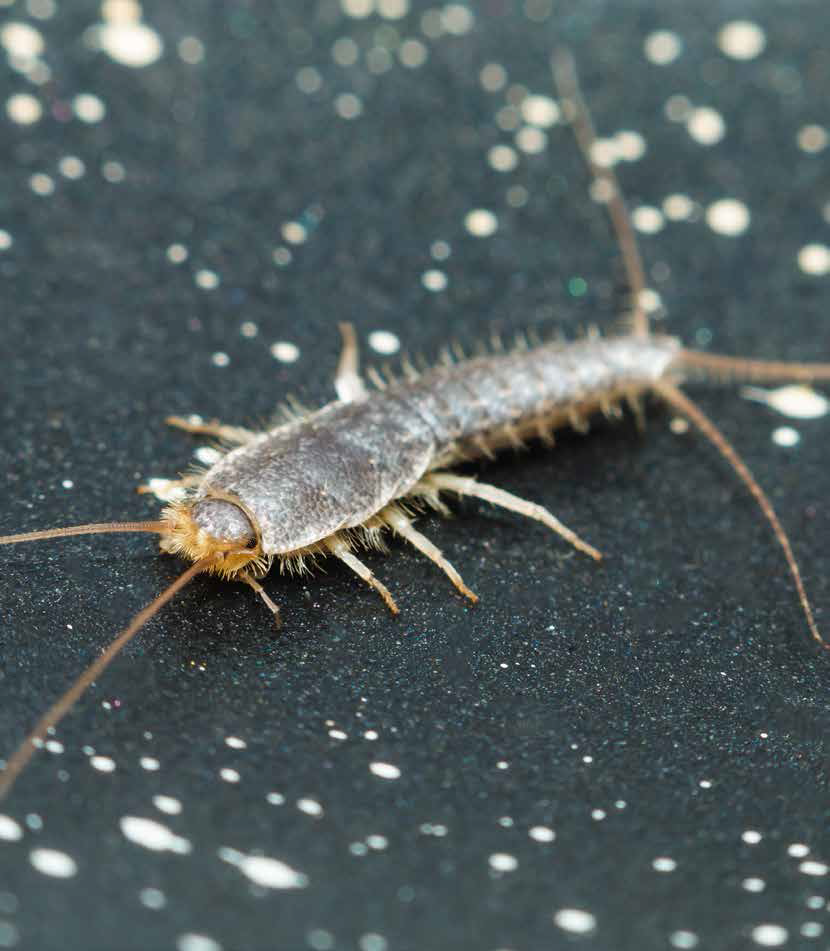Much of the advice is taken from the Norwegian.
Introductions:
Problems with the long-tailed silverfish will typically be discovered in private homes, office buildings, schools, libraries and museums. It is also important to be aware of storage facilities for merchandise, distribution terminals for cargo and goods, second-hand stores, and their potential as distribution points for the longtailed silverfish. The long-tailed silverfish can ‘hitch a ride’ with pallets, crates, cardboard boxes or furniture to establish in new places. Product packing, crates and boxes are the most likely candidates because wood, corrugated cardboard, polystyrene and plastic provide a multitude of hiding places. These are, of course, good places to inspect for silverfish activity.
how to get rid of silverfish in bathroom
Inspection and detection
The long-tailed silverfish is nocturnal and may be difficult to find during the day. By moving furniture, boxes or bookshelves it might be possible to encounter hidden individuals. The long-tailed silverfish are also found behind skirting, under doorsteps and inside boxed-in areas. The opening-up of such permanent cavities can reveal day-resting individuals. It is also possible to conduct night-inspections, as it will be easier to find individuals at this time, due to the night-time activity of this insect. The use of monitors, recommended for at least a 14-day period, is also a useful method of detection.
Collecting specimens via monitoring allows identification between the long-tailed silverfish and the common silverfish. Bathrooms, kitchens and laundry rooms are hot-spots for the long-tailed silverfish.
Cleaning
The long-tailed silverfish can feed on most human food. Small amounts of food debris, on the floor or behind ovens or refrigerators, can be enough for silverfish to survive. This should be removed by vacuuming of the floor and furniture as well as behind more permanent installations such as ovens and refrigerators.
Environmental adjustments
Dry conditions could limit long-tailed silverfish development because the eggs and the early stages require higher moisture levels. However, efforts to reduce humidity are not as important for the long-tailed silverfish as they are for the common silverfish due to differing moisture requirements. Furthermore, dry conditions in all cracks and crevices are difficult to achieve. It is probably beneficial to limit the use of water during cleaning. Excess water may easily run underneath skirting, kitchen cabinets and cavities underneath furniture to provide the long-tailed silverfish with the moisture they need. Use of dehumidifiers, heat and aeration, can reduce moisture availability.
